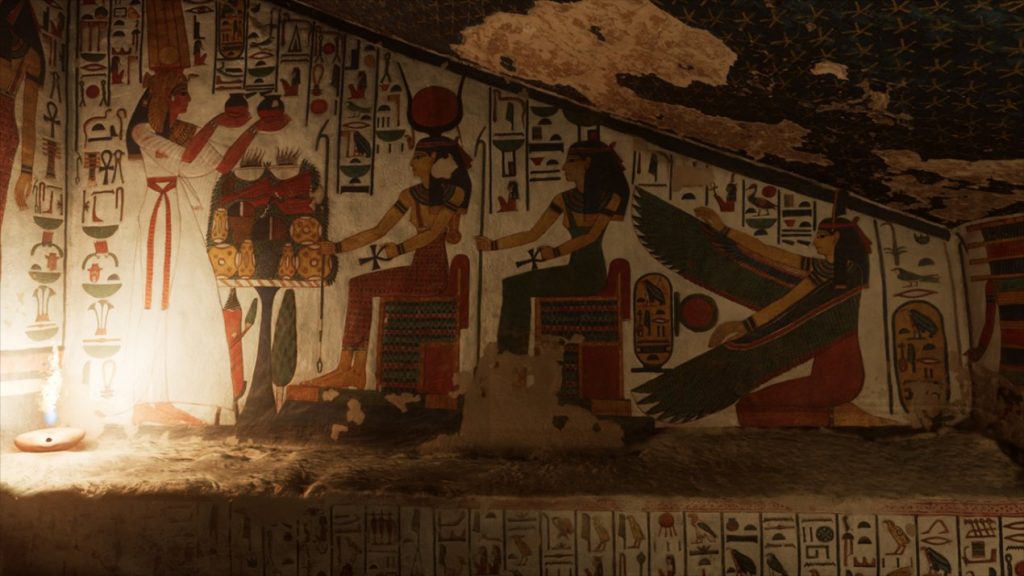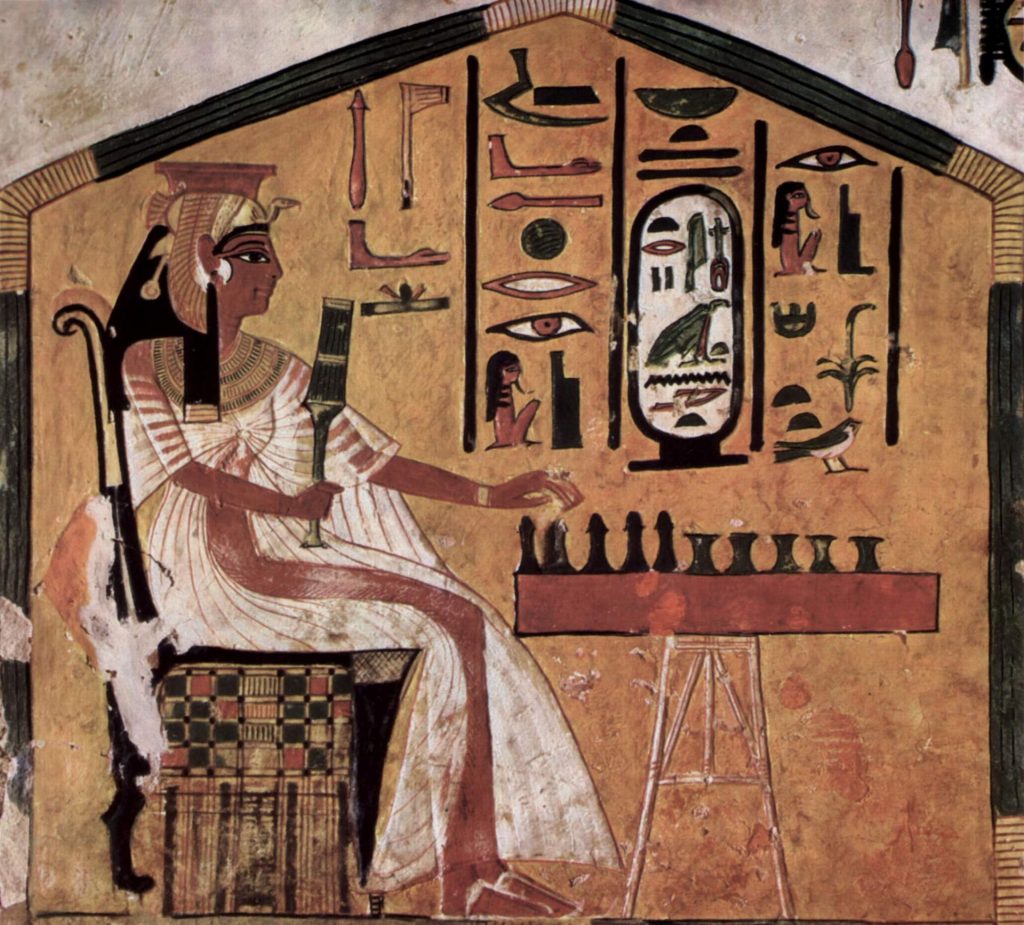
New VR App Tours Egyptian Tomb in Vivid Detail
VR users can explore one of Egypt’s most resplendent and well-preserved archaeological wonders, the tomb of Queen Nefertari, from the comfort of their own homes. A new free virtual reality (VR) experience, the app Nefertari: Journey to Eternity, was released last month.
The exclusive tour explores “Egypt’s Sistine Chapel,” an archaeological site, which has been digitally preserved in perpetuity for VR tourists from across the globe.
In addition to being able to virtually explore every surface of the tomb rendered in photorealistic detail—from the site’s elaborately painted walls to the night sky and stars colored in detail on the tomb’s ceiling—the app also provides users an educational experience. VR visitors can learn more about the tomb, Egyptian mythology and Queen Nefertari herself by pointing to some features of the tomb’s artwork.

Queen Nefertari. Public domain.
The first beloved of Pharaoh Ramses the Great, who ruled from 1279 to 1213 BCE, Queen Nefertari was buried more than three millennia ago circa 1255 BCE in the “Valley of the Queens” with other royal women. As was the custom during the Pharaohs’ dynastic rule, Nefertari was deified and buried in a lavish subterranean tomb adorned with riches and accoutrements fitting a goddess.
While Nefertari’s tomb was vandalized and robbed sometime after her death, the site was rediscovered by a western archaeological team in 1904, which stumbled across one of the most well-preserved and artistically impressive burial chambers in Egypt. Measuring 520 square meters, the tomb contains over 5,200 square feet of intricately painted frescoes showing scenes from the queen’s life as well as scenes of Egyptian mythology including passages from the fabled Book of the Dead chronicling the journey of souls to the afterlife.
Damage to the tomb’s walls from bacteria and fungi thriving in its humidity, as well as the impact of large groups of visitors, led to the tomb’s closure to the general public. While Queen Nefertari’s tomb is still open to paying customers, developer Experius VR and publisher CuriostiyStream have made it possible to visit the site and explore it in photorealistic detail through the app.
According to company sources in a story by Live Science, the app took painstaking effort over months to create, starting with a team from Experius VR, which scanned the tomb in 3-D and took thousands of high-resolution photographs of the site. Using the photos, the developer rendered the interior of the tomb in millimeter-accurate resolution. In an interview with Live Science, famed Egyptologist Zahi Hawass praised Nefertari: Journey to Eternity, saying the app could “save the tomb.”
The app is available for users of popular VR platforms including Oculus, Vive and Windows VR headsets. It can be downloaded via Steam or Vivecast. Reception for the app has been overwhelmingly positive, with glowing reviews of the experience posted across the web on VR outlets, as well as on the download sites. Steam users describe the experience as “absolutely amazing,” “the most insane VR experience I have had so far” and “a glimpse of what the future of VR holds.”
While VR has seemed for years to be on the brink of mass adoption, successful apps such as Nefertari: Journey to Eternity provide a small taste of what the medium is capable of not only in terms of scope and detail, but also as viable vehicle for new virtual e-tours and educational experiences. By democratizing experiences such as exploring a thousands-years old tomb, students and the curious might soon be able to access historically or culturally vital treasures that may otherwise be prohibitively expensive or inaccessible for most of the world to visit.
According to the executive producer of Curiosity Stream Jorge Franzini, quoted on Live Science, the experience will lead to similar experiences in the future:
“As virtual reality continues to improve and become more readily available, these tools will have the power to transcend today’s production capabilities and transport audiences to places that we once thought unimaginable.”







Leave A Comment